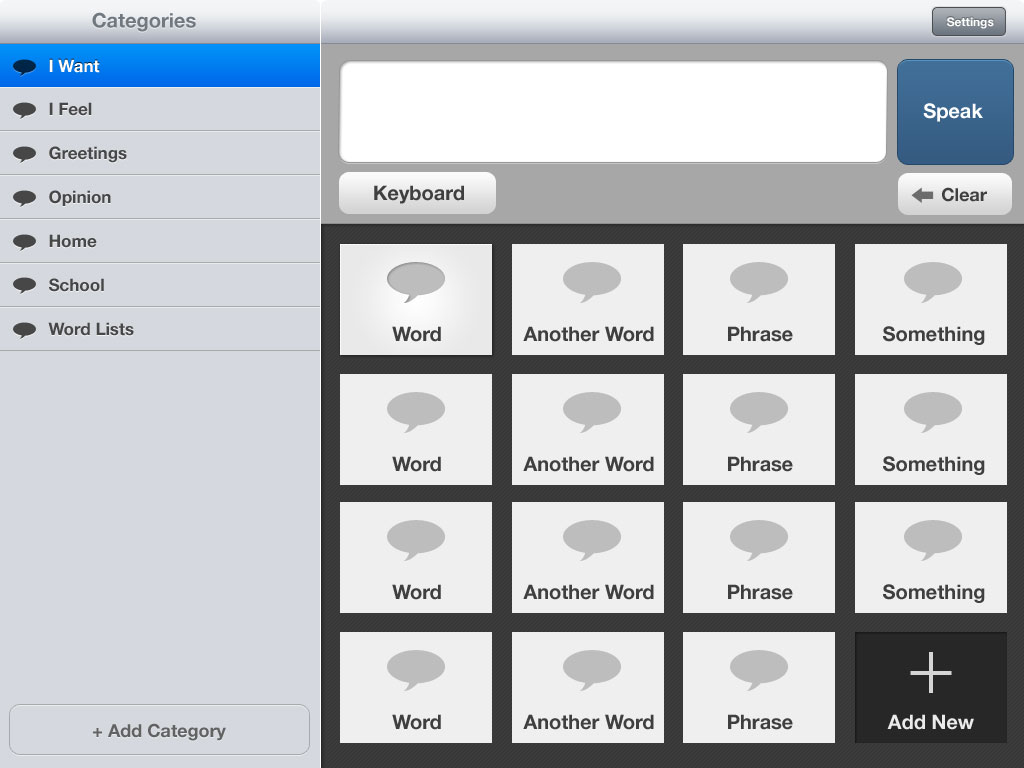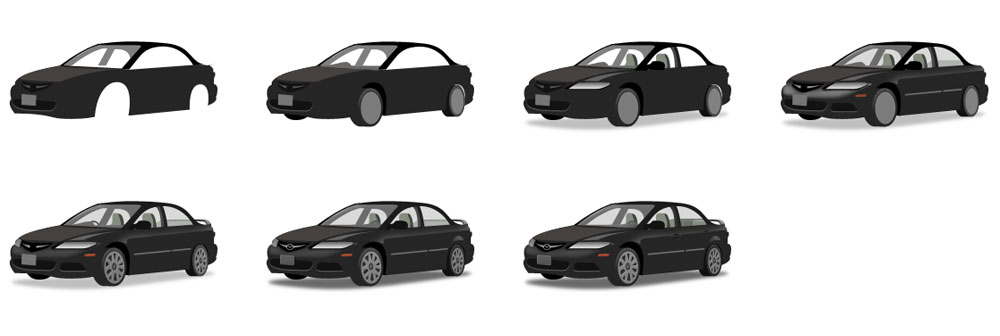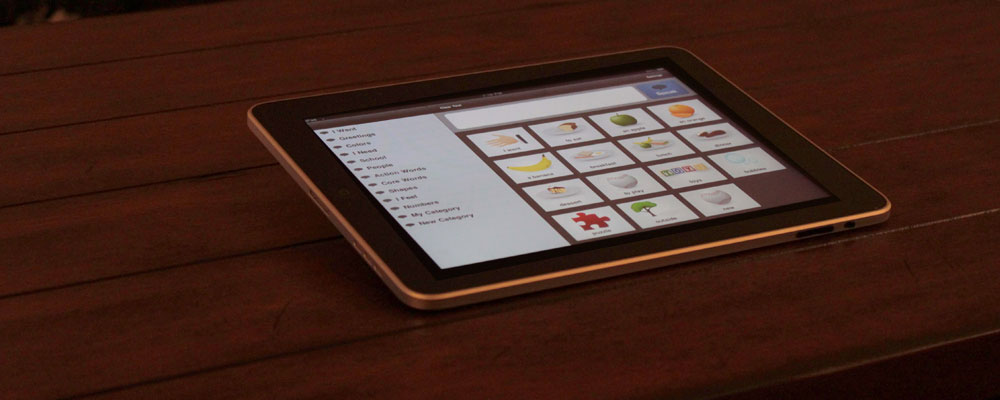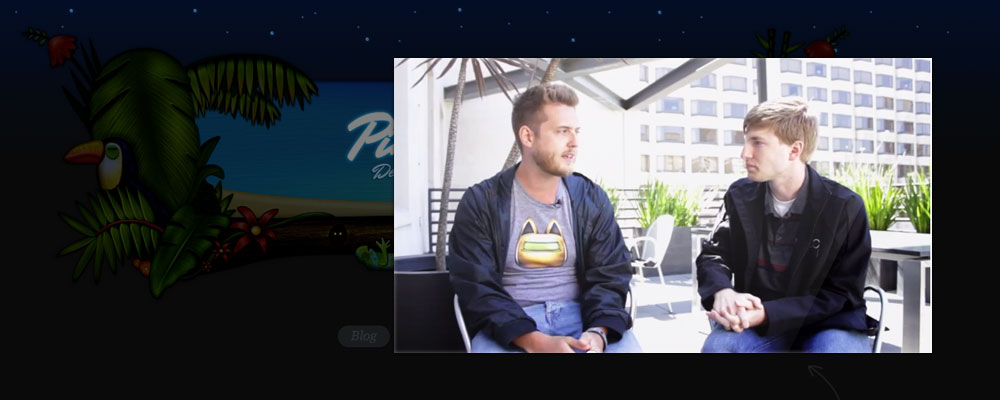Stop for a moment and think through everything you did yesterday. Now go back and imagine how it would change if you couldn’t speak to anyone. Your thoughts, feelings, and opinions are still the same, but you are unable to express them.
Communication is something we all take for granted. It goes unnoticed until you see someone who can’t verbally communicate. I recently had a brief sample of what this was like after having a surgery to remove my wisdom teeth. Heading home afterwards I kept trying to say things to my wife Hilary. Because my mouth and jaw were completely numb my words were verbalized as unintelligible noise. Hilary listened patiently, then gently informed me she couldn’t understand anything I said.
When we got home she handed me the iPad with a development copy of OneVoice on it. I wrote out a quick message thanking her for taking care of me, then pressed the speak button. She smiled and said “you’re welcome.” Instantly I had a way to communicate.
Though I regained my ability to speak in a few hours I’ll never forget how a bit of technology could make such a difference. That one experience made creating OneVoice worth it. Since then it has been a wonderful experience to make it available to those who truly need it.
Building OneVoice.
OneVoice started in August of 2010 when my sister-in-law, Hannah, mentioned that augmented communication devices were generally very poor quality, quite expensive, and difficult to use. From there we discussed creating an app for the iPad and I got started with the research. A couple weeks later at iOS Dev Camp in San Jose I had a dedicated weekend to start coding. My co-worker and fellow Dev Camp attendee Robert Carrico and I built a prototype over the weekend.
To start we used a text-to-speech engine called Flite. But I later replaced it with voices by Acapela Group out of France. Though they are expensive, the voice quality is worth it. Below is about how it looked by the time we finished that weekend.

We initially called the app iTalk, then changed to iSpeak before the weekend was over. Adding an i to the beginning of another word started out as a joke making fun of how people name apps for Apple products, but then we couldn’t think of anything better. It actually wasn’t until December (two weeks before the release) that I came up with OneVoice to replace iSpeak.
For the next few months I designed icons, continued learning to program, and gradually added new features. Here is an image showing progress on the car icon:

“This is the best thing that has happened for nonverbal autistic kids like my Emma. She is loving the large buttons and is able to tell us her wants and needs.”
– Gina
Building your own product is a great way to learn. If you are too cheap to hire people (which I eventually had to do), then you have to learn everything on your own. But it was completely worth it when I heard the impact OneVoice was having on families.
This project has taken a considerable amount of time and I have a lot of people to thank for helping me along the way. Here are just a few of them:
- Hannah for giving me the idea and helping shape OneVoice along the way.
- Robert for building the prototype with me.
- Erin, Beth, and Jessica at Idaho State University for feedback and advice.
- Hilary (my wife) for listening to all my frustrations with learning to program in a new language.
- Chris for rewriting my bad code and coding almost every difficult part of the application.
You all made a big impact on the final product.
For those interested here a few stats about the first version of OneVoice:
- 133 Icons Designed
- 151 Days from inception to first release
- 126 Code Commits in Subversion
- 200 Speech Language Pathologists contacted about the first release
- 1 Time(s) rejected by Apple
- 4 Days in review queue
Later on I’ll provide more detailed information on sales numbers and my experiences in the App Store. To learn more about OneVoice go to ThinkLegend.com/OneVoice.



Leave a Reply